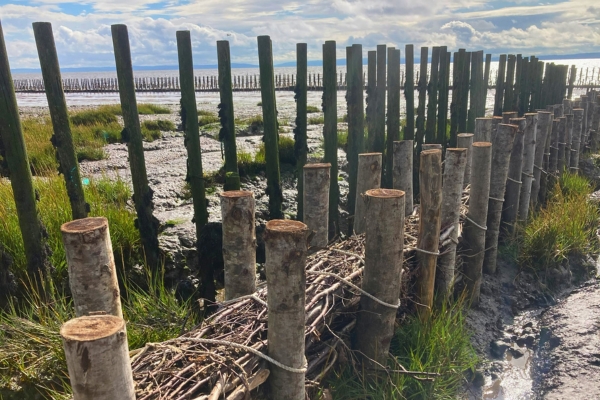
Wentloog Wildfowling and Conservation Association: turning the tide
Dr Mat Holloway from Wentloog Wildfowling and Conservation Association updates on a project to preserve a precious salt marsh habitat in South Wales.
Get information on the legal shooting season for mammals and birds in the UK.
Apply for funding for your project or make a donation today
Comprehensive information and advice from our specialist firearms team.
Everything you need to know about shotgun, rifle and airgun ammunition.
Find our up-to-date information, advice and links to government resources.
Everything you need to know on firearms law and licensing.
All the latest news and advice on general licences and how they affect you.
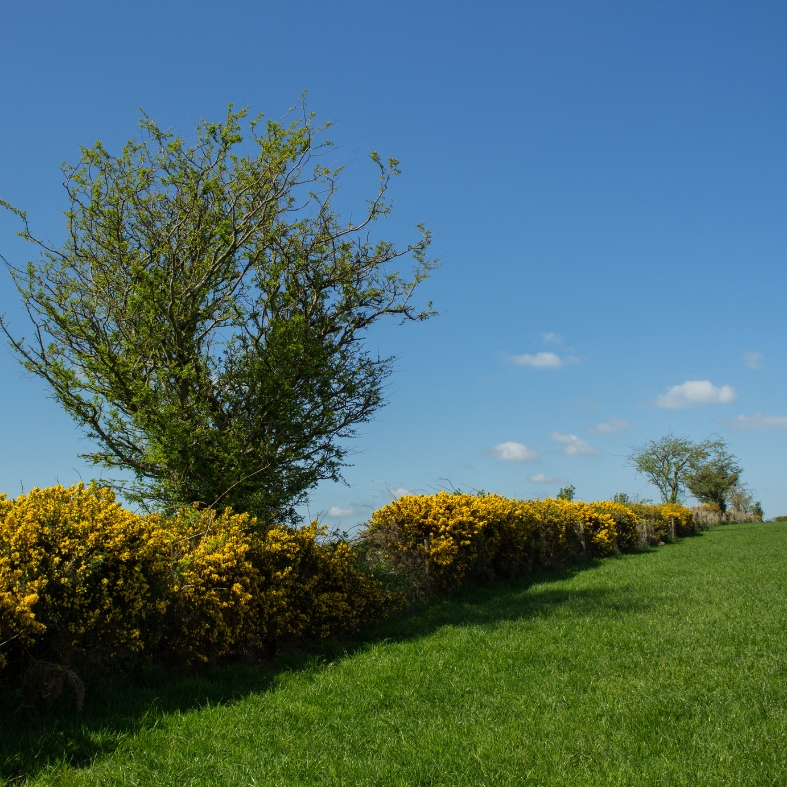

New research commissioned by BASC shows shooting has substantial benefits for our landscapes at the national scale. The results confirm that woodlands are better managed and there are twice the length of hedgerows where driven pheasant shooting occurs, says head of biodiversity Ian Danby.
So, why research the impact of shooting on woodland and hedgerows?
If you shoot, the concept that game shooting is a driver for woodland and hedgerow creation and management is very familiar. You have personal experience to draw upon. However, what is in the scientific evidence base to support it? After all, this is what governments and conservation organisations are meant to carefully consider in their decision-making when promoting nature recovery and mitigating the impacts of our rapidly changing climate.
There is already good scientific evidence of benefits at the local scale. Those benefits include planting and retaining woodland and hedgerows within agricultural landscapes (see references below). Additionally, woodland management practices such as coppicing, ride and glade creation and management occur at a higher rate in areas where game shooting takes place.
However, many of these studies are more than a decade old. Much of the data came from sites in southern and eastern England. Therefore, we needed to examine the impacts of game shooting using modern data at the landscape scale.
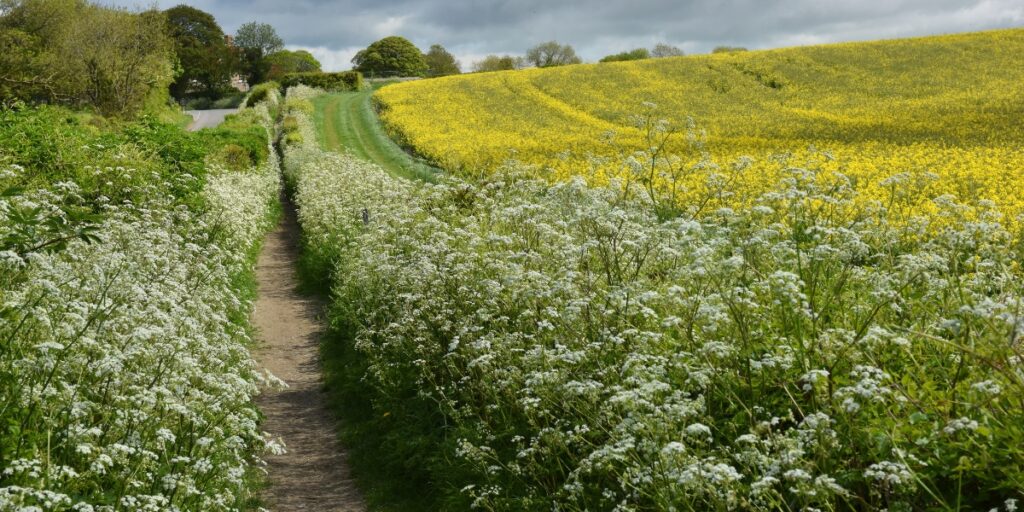
It was not feasible to do a boots-on-the-ground study covering the whole UK. Fortunately, there have been enormous improvements in remote sensing data from satellites in the last decade. Tractors now have GPS to guide them where and when to distribute the correct amount of fertiliser. Similarly, a lot of our ecological monitoring at the landscape scale is done through satellite data collection and analysis.
To complement this remote sensing data, we needed extensive data on the precise locations where game shooting takes place. Thanks to BASC members using our Green Shoots Mapping website to record where they shoot, what wildlife occurs there and what they shoot, we had information on thousands of shoots of all types throughout the UK.
We went to tender and selected a consortium comprising Oxford Systematic Reviews, the Sylva Foundation and Oxford Brookes University to carry out the study. They complied with the necessary data protection and confidentiality required by BASC and our members who had used Green Shoots Mapping.
The researchers identified 1,131 sites where driven pheasant shooting had taken place within the last decade. These were then matched with 1,131 control sites where, as far as we knew, no driven pheasant shooting took place.
The team then used remote data to assess the size, structure, and composition of woodlands, as well as the length of hedgerows on each site. It is fascinating how the different wavelengths of light reflected from vegetation to a satellite can indicate its height and, to some extent, its type. For example, broadleaf trees return different wavelengths compared with conifers, so that seems quite sensible. However, the data can determine field levels from hedgerow heights, hedgerow heights from scrub heights, and scrub heights from main tree heights. That’s incredible.
They also mapped data from the Global Biodiversity Information Facility to compare what wildlife occurred in each of the woodland and hedgerow habitats on the sites.
The study found two striking differences between the sites managed for pheasant shooting compared with the control sites:
• Sites managed for pheasant shooting exhibited significantly greater hedgerow density compared to non-managed sites (55m/ha compared with 20m/ha).
• Sites managed for pheasant shooting had much greater diversity in woodland structure than control sites.
This means that the findings from local studies mirrored those from this landscape-scale study in relation to enhanced woodland structure and increased hedgerow length. This is powerful information.
The study didn’t find differences in the amount of woodland, whether it was coniferous or broadleaf, or the levels of biodiversity from the records accessed through the Global Biodiversity Information Facility.
The lack of difference in the amount of woodland between sites managed for shooting and control sites in this study was surprising. For context, our Natural Capital Benefits Account for shooting, released in 2024, also used Green Shoots Mapping data to determine the extent to which habitat shooting operates over and influences. It found that game shoots were 15 per cent wooded, which is well above the average woodland extent of 13 per cent in the UK (Forest Research, 2019; Maxwell, 2023). However, it is important to note that control sites were selected based on comparable habitat features and it may be that sites with similar woodland cover were selected, masking any differences.
In summary, this new research is a powerful modern study at the landscape scale, which shows that management for shooting provides benefits governments want in terms of hedgerow length and woodland management.
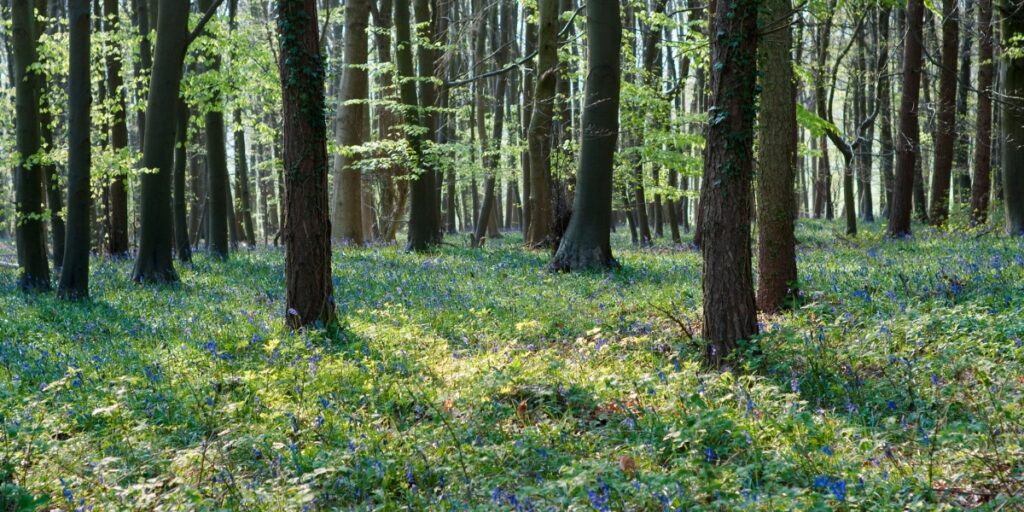
Firstly, this work has been accepted and published as a peer-reviewed scientific paper: Structural Diversity and Biodiversity of Forest and Hedgerow in Areas Managed for Pheasant Shooting Across the UK. This is a useful contribution to the ever-growing body of evidence relating to gamebird management impacts.
Publication of scientific research implies that the findings are robust and have met a high standard of quality and impartiality. We can provide this research as evidence for decision-making around gamebird release and shooting, as well as woodland management and Local Nature Recovery Strategies in England.
This evidence also helps those of you on the ground, managing game shoots and the surrounding habitat. Through personal experience, inherited knowledge and this research evidence, we can ensure land managers have the maximum benefit for their shooting and nature recovery.
So, if your shooting involves woodland, I recommend watching our animation and reading our habitat guidance to create the best quality woodland you can for nature, climate and shooting potential. See our woodland management pages.
You can also confidently tell others how shooting is shown at the landscape scale, resulting in twice the length of hedgerows and better-managed woodlands – two factors essential for nature recovery and for woodlands to store the optimal amount of carbon in balance with wildlife.
Thank you to:
References:
Duckworth, J. C., Firbank, L. G., Stuart, R. C., & Yamamoto, S. (2010). Changes in Land Cover and Parcel Size of British Lowland Woodlands over the Last Century in Relation to Game Management. Taylor & Francis Online.
Firbank. (1999). Lowland Game Shooting Study (pp. 1–15). Institute of Terrestrial Ecology & Centre of Ecology and Hydrology.
Forest cover: international comparisons. Forest Research (2019).
Howard, N. S., & Carroll, J. P. (2001). Driven game shooting on farms in Essex, UK: Implications of land management and conservation. Game and Wildlife Science, 18(2), 157–169.
Long, P.R.; Petrokofsky, L.; Harvey, W.J.; Orsi, P.; Jordon, M.W.; Petrokofsky, G. Structural Diversity and Biodiversity of Forest and Hedgerow in Areas Managed for Pheasant Shooting Across the UK. Forests 2025, 16, 1249.
Maxwell, S. (2023). Woodland Statistics. Forest Research.
Sage, R. B., Hoodless, A. N., Woodburn, M. I. A., Draycott, R. A. H., Madden, J. R., & Sotherton, N. W. (2020). Summary review and synthesis: Effects on habitats and wildlife of the release and management of pheasants and red-legged partridges on UK lowland shoots. Wildlife Biology (Vol. 2020, Issue 4). John Wiley & Sons, Ltd.


Dr Mat Holloway from Wentloog Wildfowling and Conservation Association updates on a project to preserve a precious salt marsh habitat in South Wales.
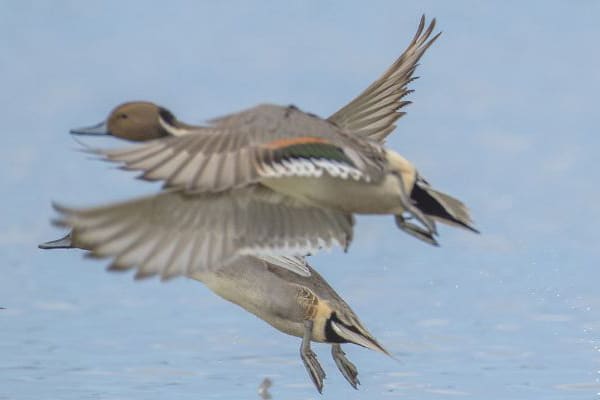
A look at Ducks Unlimited, a US-based organisation founded by hunters and dedicated to conserving and restoring wildfowl habitat.
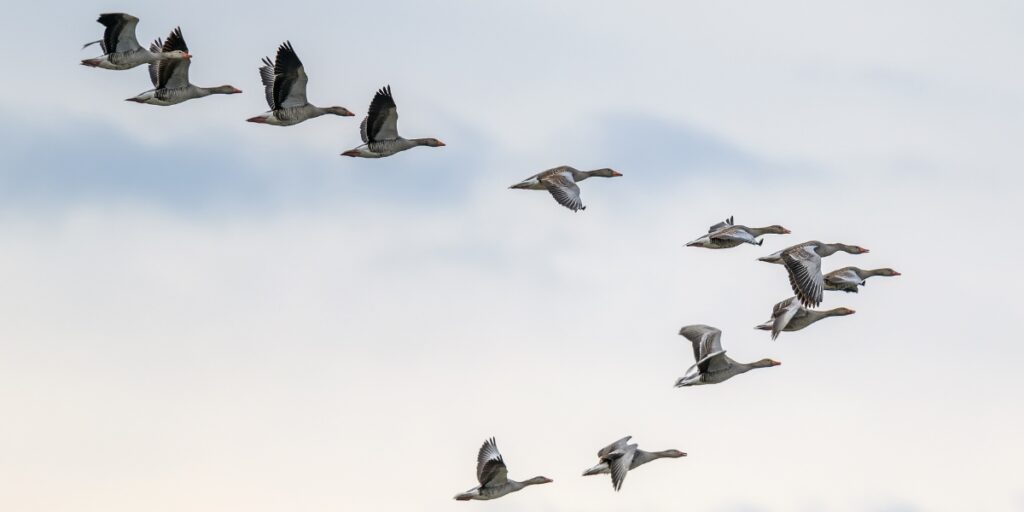
Understanding the established global routes followed by migratory birds is key to ensuring the future of sustainable wildfowling.